Table of Contents
Functions of Bile Juice:
What is bile?
Bile is a yellowish-green complex fluid consisting of water, bile salts, bile pigments, cholesterol, phospholipids, mucin, traces of urea and carbon dioxide, etc. It has no digestive enzymes but it acts as a very important digestive juice and life cannot be maintained without it. About 600 ml of bile is produced per day. Its pH is 7.6-8.6. It is secreted out on the arrival of food in the alimentary canal otherwise it gets stored in the gall bladder.
Functions of Bile:
- Bile is essential for the complete digestion of fat. Bile salts break fats into fine droplets. The process is called emulsification. Sodium taurocholate and sodium glycocholate of bile emulsify the fats. Bile provides more surface area for lipase to act.
- Components of bile activate lipase for the hydrolysis of fats.
- Bile and its salts help in the complete absorption of fats.
- It helps in the absorption of lipid-soluble vitamins A, D, E, and K.
- Bile seems to be important in the absorption of some mineral salts like iron and calcium.
- Sodium bicarbonate of bile neutralizes the acidity of chyme and provides an alkaline medium for the activity of pancreatic and intestinal enzymes.
- Bile is an important source of alkali for neutralizing the effect of HCl and gastric acidity.
- It checks the growth and multiplication of bacteria.
- It helps in the excretion of bile pigments- bilirubin and biliverdin, toxic bacteria, and some metals like zinc and mercury.
- Bile causes increased peristaltic movements.
- The mucin of bile is a good lubricant and acts as a buffer.
- Bile pigments deodourize the faeces. These also give color to faeces.
How does bile facilitate to the process of digestion in man?
Bile is a watery greenish fluid mixture containing bile pigments, bile salts, cholesterol, and phospholipids. The bile salts which are partly lipid-soluble and partly water-soluble emulsify the fat particles allows the lipase enzyme to acts upon fat-drops. It provides an alkaline medium (Sodium bicarbonate of bile) in the small intestine for rendering the action of pancreatic and intestinal juice. Bile pigments are the products of dead erythrocytes, mainly biliverdin and bilirubin that has spilled into the blood plasma. The liver along with faeces excretes these substances and excess of cholesterol. Bile and its salts help in the complete absorption of fats.
Write a short note on the mobility of human gut?
The ability of the alimentary canal to contract is called mobility. The food is propelled sequentially along the entire length of the alimentary canal due to this mobility. The food is tasted in the oral cavity and mixed with saliva. Tongue manipulates food during chewing and mixing with saliva. This collection of food, the bolus, is then pushed inward through the pharynx into the oesophagus. This process is called swallowing. This involves the coordinated activity of the tongue, soft palate, pharynx, and oesophagus. The travelling wave of constrictions in the oesophagus pushes the food downward in the stomach. This specific wave of contraction is called peristalsis. Peristalsis is caused by involuntary contraction of circular muscles, which is preceded by a simultaneous contraction of the longitudinal muscle and relaxation of the circular muscle lining of the gut. When the peristaltic wave reaches the end of the oesophagus, the sphincter opens and allows the passage of bolus food to the stomach.
- Transpiration In Plants
- Vegetative Propagation: Natural & Artifical Methods
- Difference Between C3 Plants And C4 Plants
- Essential and Non-essential Parts of the Flowers
- Adenosine Triphosphate And Its Function
- What are Parallelism and Convergence?
- Mutation Theory of Hugo de Vries (1901)
- Theories of Evolution: From Tamil Board Book



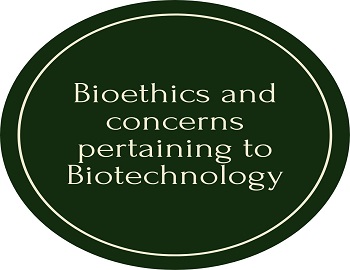
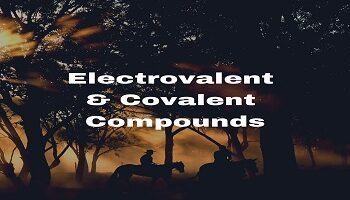
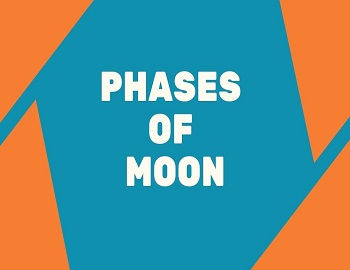

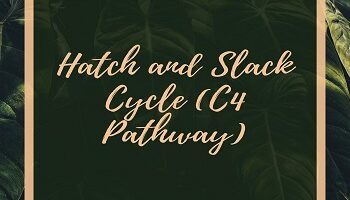
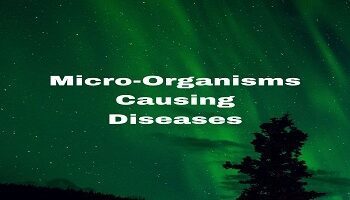
Comments (No)